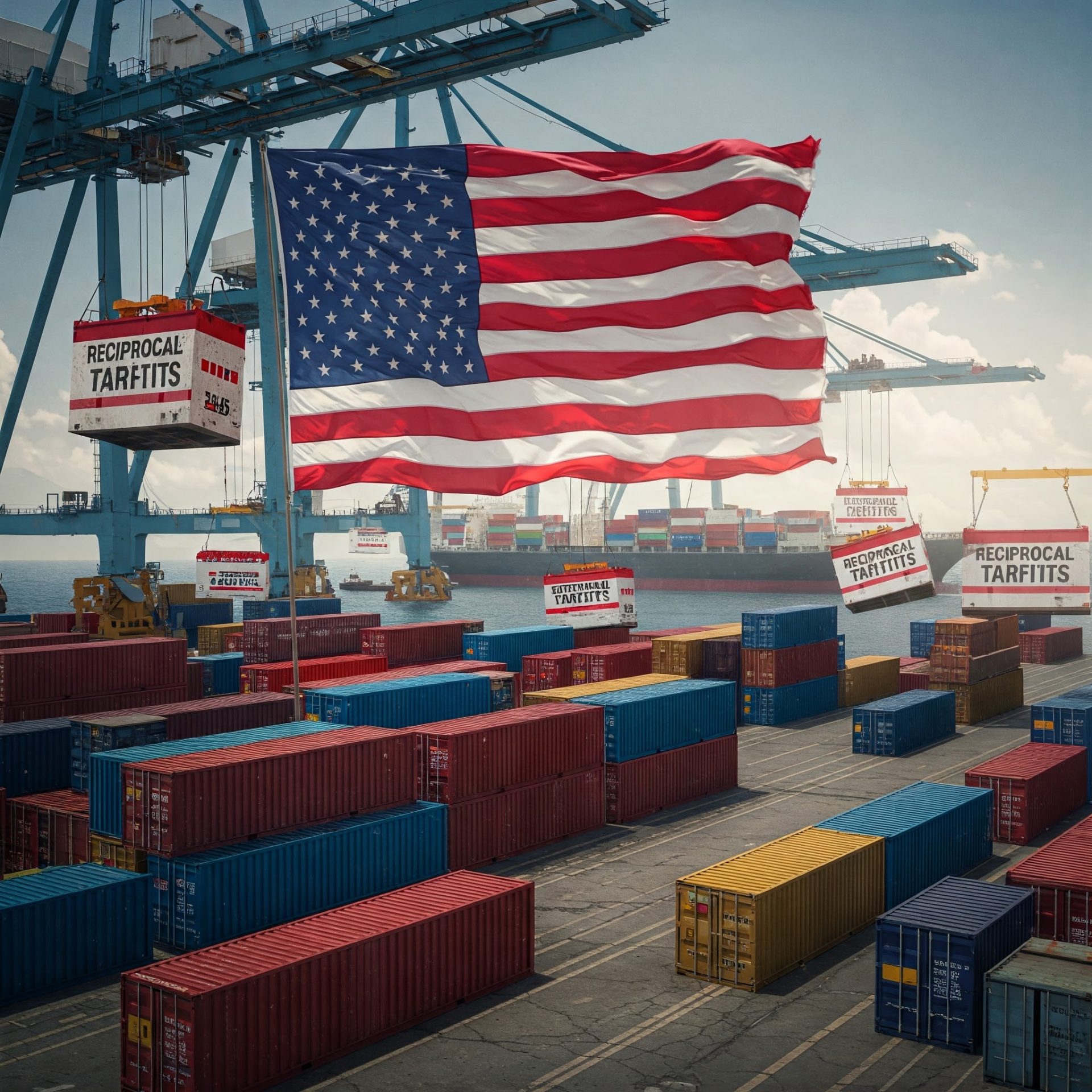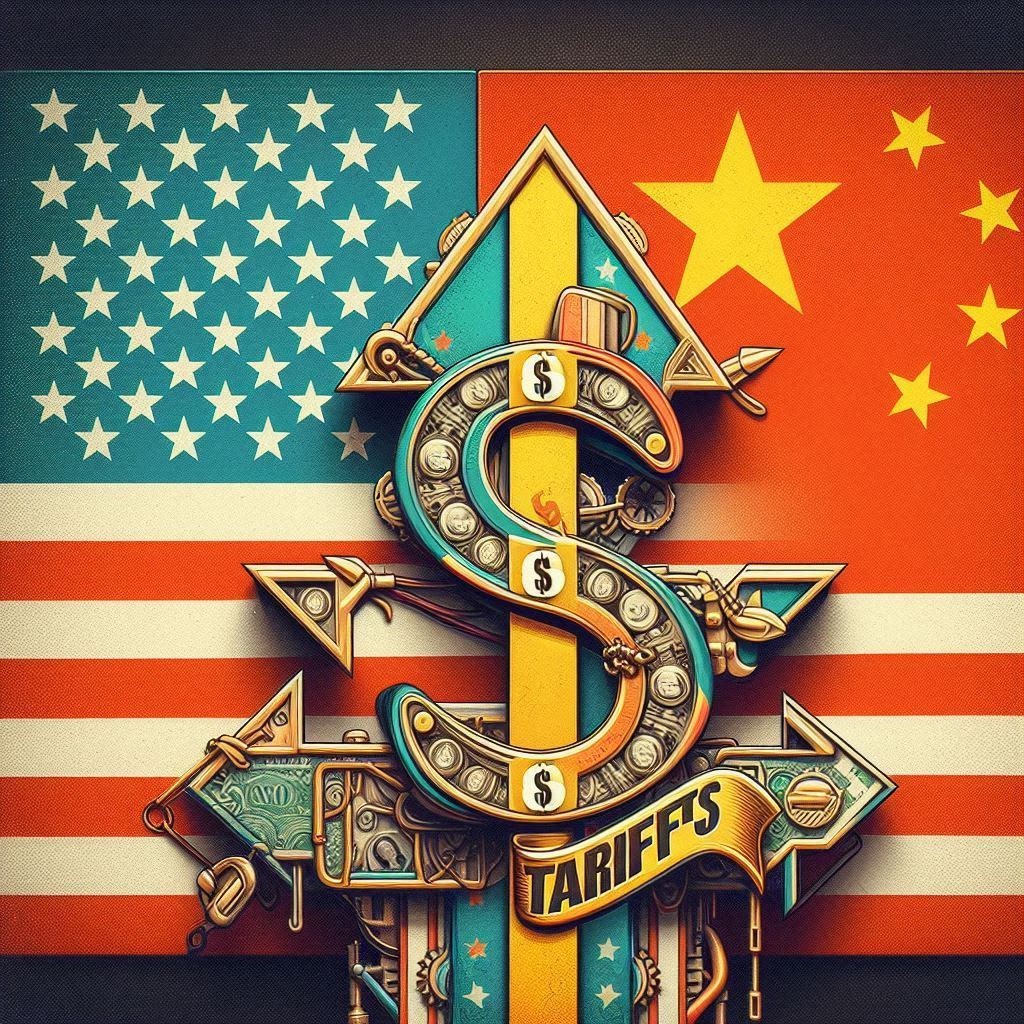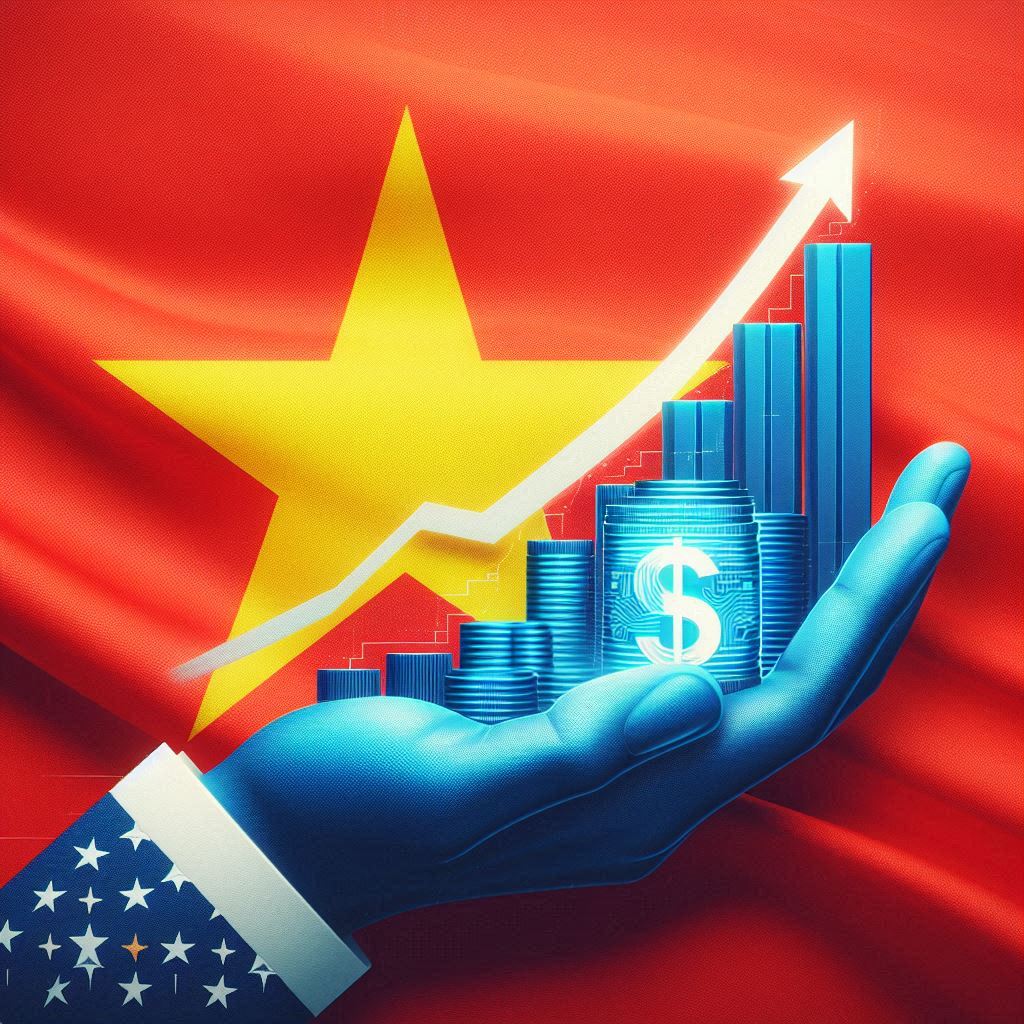Tariffs – Amounts, Date, Retaliation, & Negotiations
On Wednesday April 2nd – the Trump Administration’s “Liberation Day” – President Trump announced the reciprocal tariffs the U.S. would impose on goods from various countries around the world.

Rather than an exact reciprocation of matching tariffs other countries have on U.S. goods, the administration made calculations for each country, adding up its tariffs, non-monetary barriers to U.S. goods, and “other forms of cheating,” to create a percentage hike it considers that country to have on U.S. goods, then it cut that number in half to come up with the tariff amount it will impose on that country.
Those individual tariffs for countries will go into effect on April 9th.
President Trump also announced a baseline tariff of 10% on imported goods from any country. Thus, countries not listed with specific reciprocal tariffs have a 10% tariff on their goods entering the U.S. The 10% baseline tariff is already going into effect rather than waiting for April 9th.
Additionally, President Trump announced a 25% tariff on foreign automobiles imported into the country. This is not added to the 10% tariff. It is the tariff for automobiles. Likewise, it doesn’t stack on top of the reciprocal tariffs.
Speaking of which, the reciprocal tariffs do not get added to the 10% baseline tariff either. On April 9th, the reciprocal tariff amount will replace the 10% baseline for the countries on which the Trump Administration is imposing these higher tariffs (listed below).
Because the reciprocal tariffs do not go into effect until April 9th, it’s possible a country may be able to negotiate a lowering or even removal of its reciprocal tariff fee. In his speech on Wednesday, President Trump said it would require the country dropping its tariffs and barriers to entry on U.S. goods as well as committing to spend tens of billions of dollars on U.S. goods.
On the flip side of that coin, it’s possible reciprocal tariffs on a country could increase should that country retaliate against America’s new reciprocal tariffs with its own tariff hikes.
It looks like both retaliation and negotiations are taking place. We’ll get into that a little bit below.
April 9th Reciprocal Tariff Amounts
Here are the countries facing reciprocal tariffs that are to replace the 10% baseline tariff on April 9th and the tariff percentages to be charged on their goods imported into the U.S.:
Algeria …… 30%
Angola …… 32%
Bangladesh …… 37%
Bosnia and Herzegovina …… 35%
Botswana …… 37%
Brunei …… 24%
Cambodia …… 49%
Cameroon …… 11%
Chad …… 13%
China …… 34%
Côte d`Ivoire …… 21%
Democratic Republic of the Congo …… 11%
Equatorial Guinea …… 13%
EU …… 20%
(Austria, Belgium, Bulgaria, Croatia, Republic of Cyprus, Czech Republic, Denmark, Estonia, Finland, France, Germany, Greece, Hungary, Ireland, Italy, Latvia, Lithuania, Luxembourg, Malta, Netherlands, Poland, Portugal, Romania, Slovakia, Slovenia, Spain and Sweden)
Falkland Islands …… 41%
Fiji …… 32%
Guyana …… 38%
India …… 26%
Indonesia …… 32%
Iraq …… 39%
Israel …… 17%
Japan …… 24%
Jordan …… 20%
Kazakhstan …… 27%
Laos …… 48%
Lesotho …… 50%
Libya …… 31%
Liechtenstein …… 37%
Madagascar …… 47%
Malawi …… 17%
Malaysia …… 24%
Mauritius …… 40%
Moldova …… 31%
Mozambique …… 16%
Myanmar (Burma) …… 44%
Namibia …… 21%
Nauru …… 30%
Nicaragua …… 18%
Nigeria …… 14%
North Macedonia …… 33%
Norway …… 15%
Pakistan …… 29%
Philippines …… 17%
Serbia …… 37%
South Africa …… 30%
South Korea …… 25%
Sri Lanka …… 44%
Switzerland …… 31%
Syria …… 41%
Taiwan …… 32%
Thailand …… 36%
Tunisia …… 28%
Vanuatu …… 22%
Venezuela …… 15%
Vietnam …… 46%
Zambia …… 17%
Zimbabwe …… 18%
China Retaliates
Treasury Secretary Scott Bessent warned that countries shouldn’t retaliate against the United States for President Trump’s reciprocal tariffs, but everyone probably knew that China, at the very least, would.

Mei Mei Chu, Ethan Wang, Shi Bu, and Xiuhao Chen reported today in a Reuters article that China is striking back at President Trump’s new reciprocal tariff of 34% with a matching tariff hike on U.S. goods plus some other measures:
China on Friday struck back at the U.S tariffs imposed by President Donald Trump with a slew of countermeasures including extra levies of 34% on all U.S. goods and export curbs on some rare earths, deepening the trade war between the world’s two biggest economies.
Beijing also imposed restrictions on about 30 U.S. organisations, mostly in defence-related industries, adding to the already two dozen U.S companies punished over Trump’s tariffs.
This is reminiscent to the trade war between the U.S. and China during President Trump’s first term. That trade war escalated and escalated until the reaching of the Phase 1 Trade Agreement, which included many concessions from China. However, the deal was short lived as the COVID broke out in China about a week later and spread to the world. The terms of the deal seemed to get abandoned at that point. President Trump likely wants to get everything he got for the U.S. from China in that deal and more this time around.
We’ll see if that kind of resolution is reached regarding the current escalating tariffs between the countries.
As the Reuters article reports, President Trump says China panicked and is playing the current situation wrong:
“China played it wrong, they panicked – the one thing they cannot afford to do!”, he wrote [on Truth Social] on Friday.
There’s a good chance escalating tariffs between the U.S. and China will be the most extreme, but there will probably be other countries following suit with retaliatory tariffs to the reciprocal tariffs. It would be hard to imagine that not being an ongoing story in the upcoming weeks and months.
Vietnam Wants to Negotiate for Zero Tariffs

Contrary to China’s approach, there will be countries coming to the negotiation table. And President Trump has said he will be open to negotiate. It’s hard to imagine anyone who seriously follows what Trump does with tariffs, and in governance in general, thinking he would not use tariffs as negotiation leverage with other countries or not negotiate at all, despite some headlines I’ve seen on the topic.
One such country that appears ready to negotiate is Vietnam.
President Trump hit Vietnam hard with a 46% reciprocal tariff after his administration calculated the country’s tariffs and barriers to entry on U.S. goods came to 90%.
We’ve all seen enough “made in Vietnam” stickers to know the country is a big manufacturer of goods imported here. It makes sense the country would quickly be looking for a way to avoid that 46% U.S. tariff on its goods.
Joseph Pisani reports in the Wall Street Journal:
President Trump said he had a call with Vietnam leader To Lam, and said that the latter wants to cut Vietnam’s tariffs down “to ZERO if they are able to make an agreement with the U.S.”
Not only will it be interesting to see if Vietnam can get a deal done with the U.S. by the 9th, or perhaps a pause on the reciprocal tariff on its goods for negotiations, but it will also be interesting to see what other countries will similarly look for a deal.
Of course, we here at Universal Cargo will be watching what happens with tariffs closely. And we’ll use this blog to help keep shippers informed.





